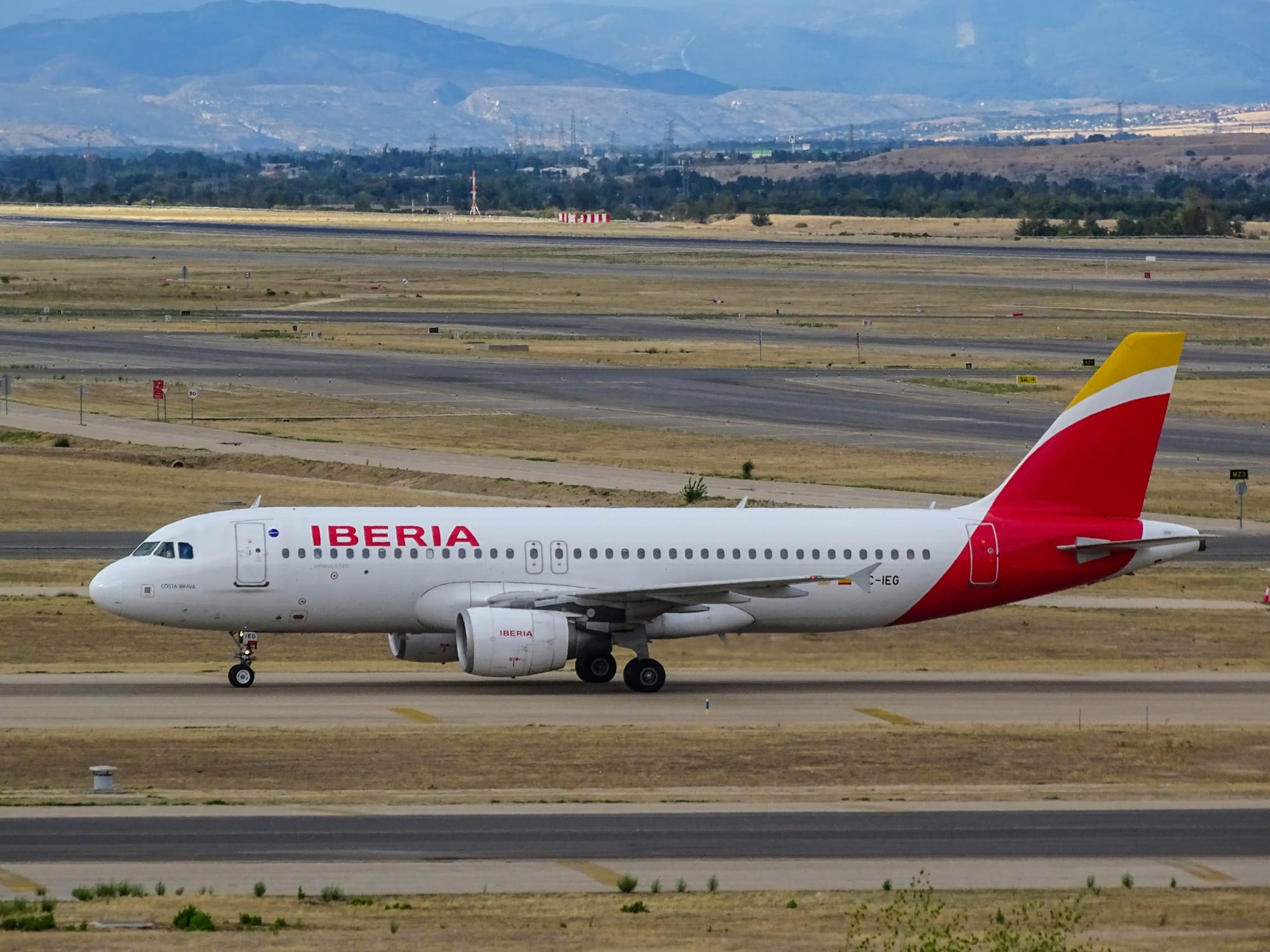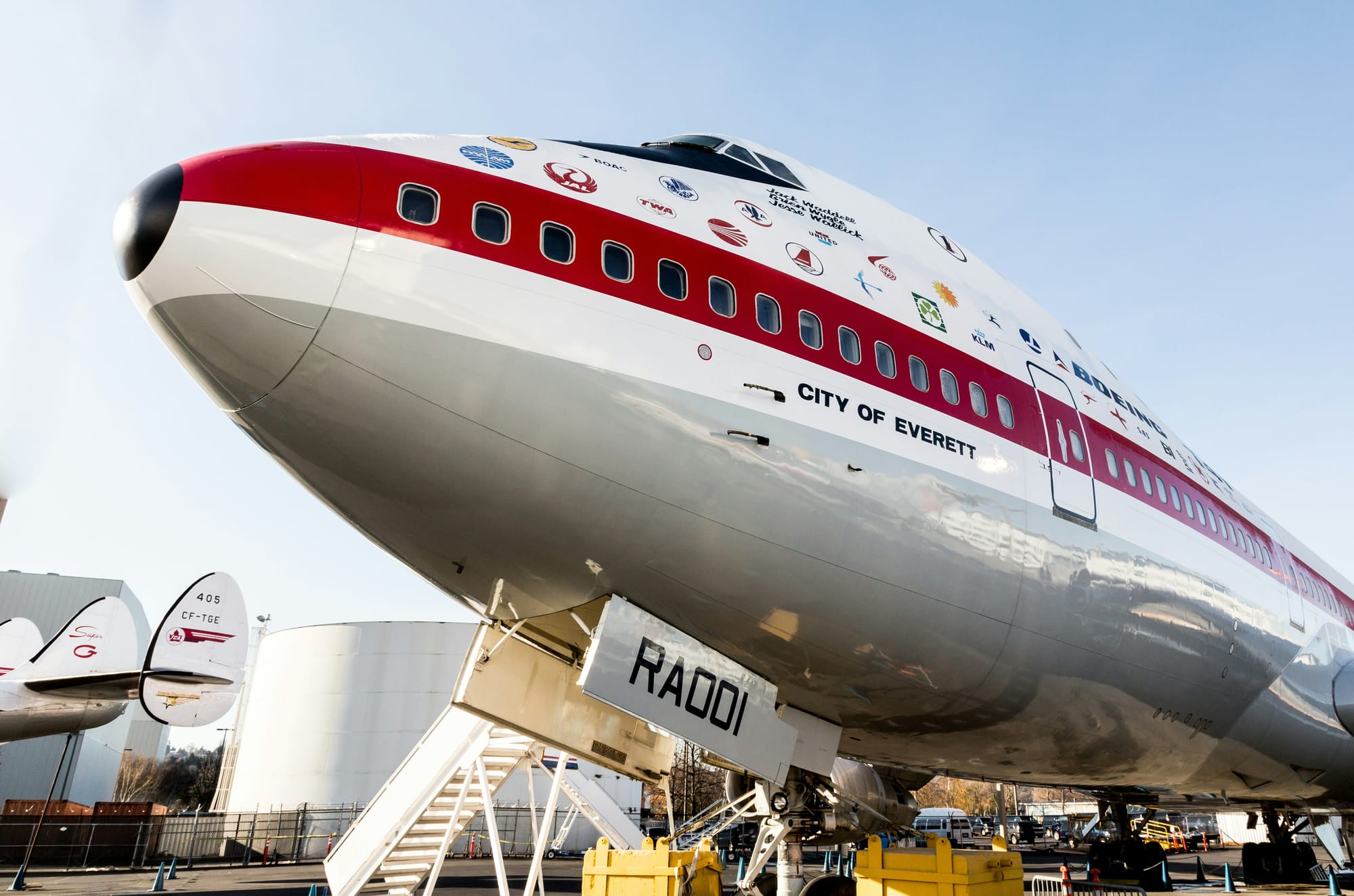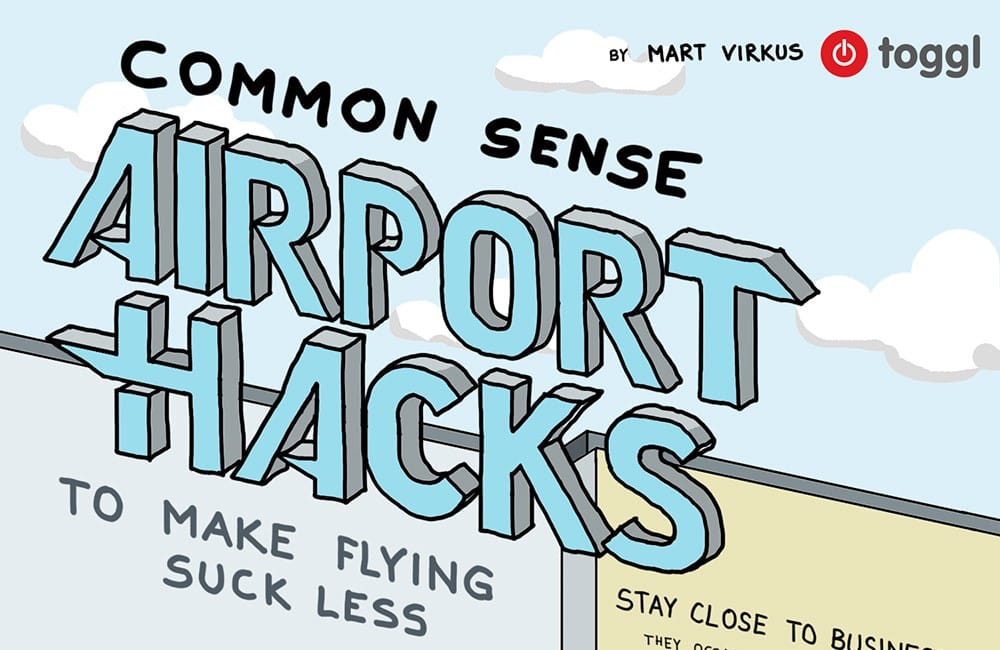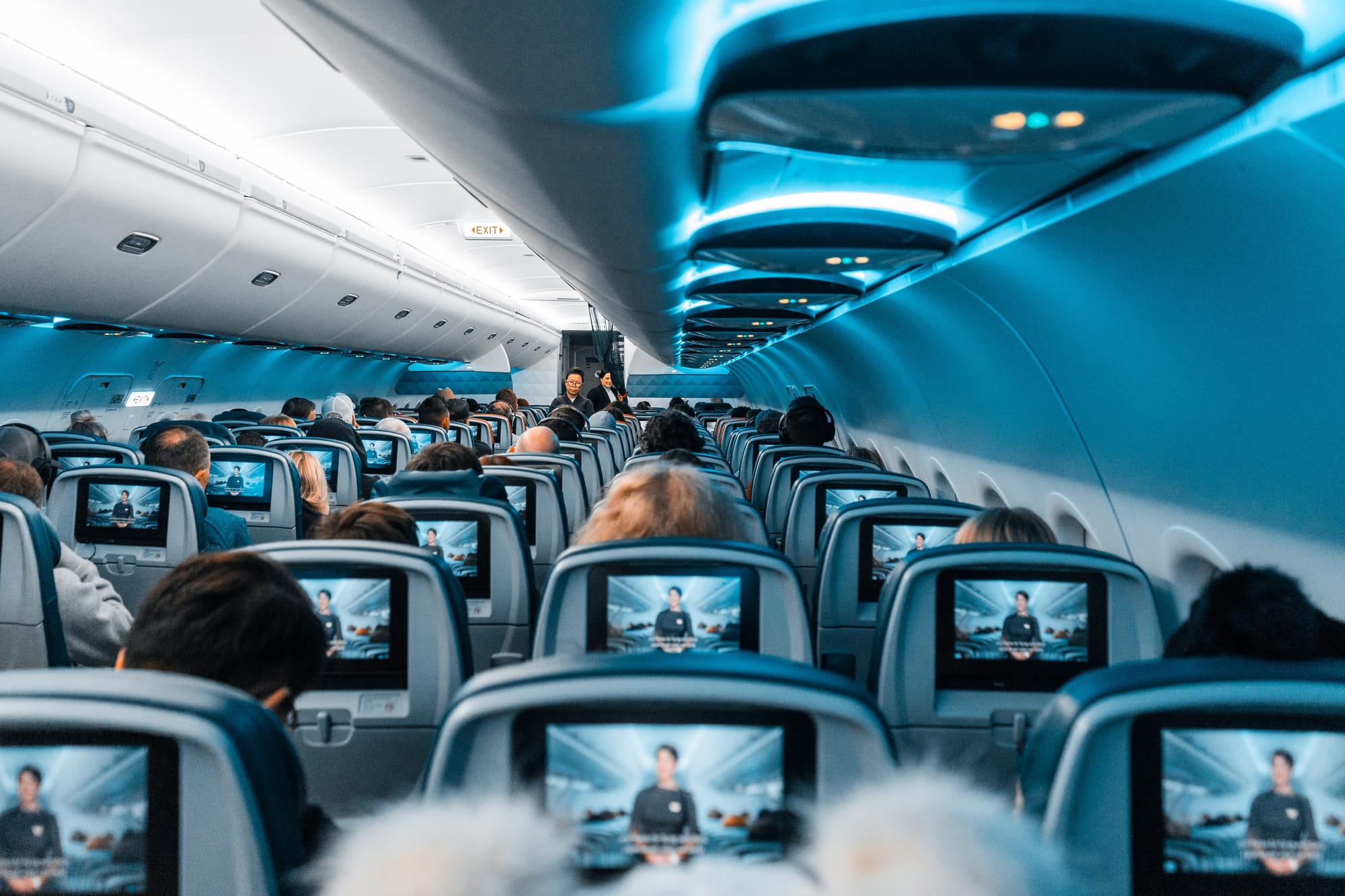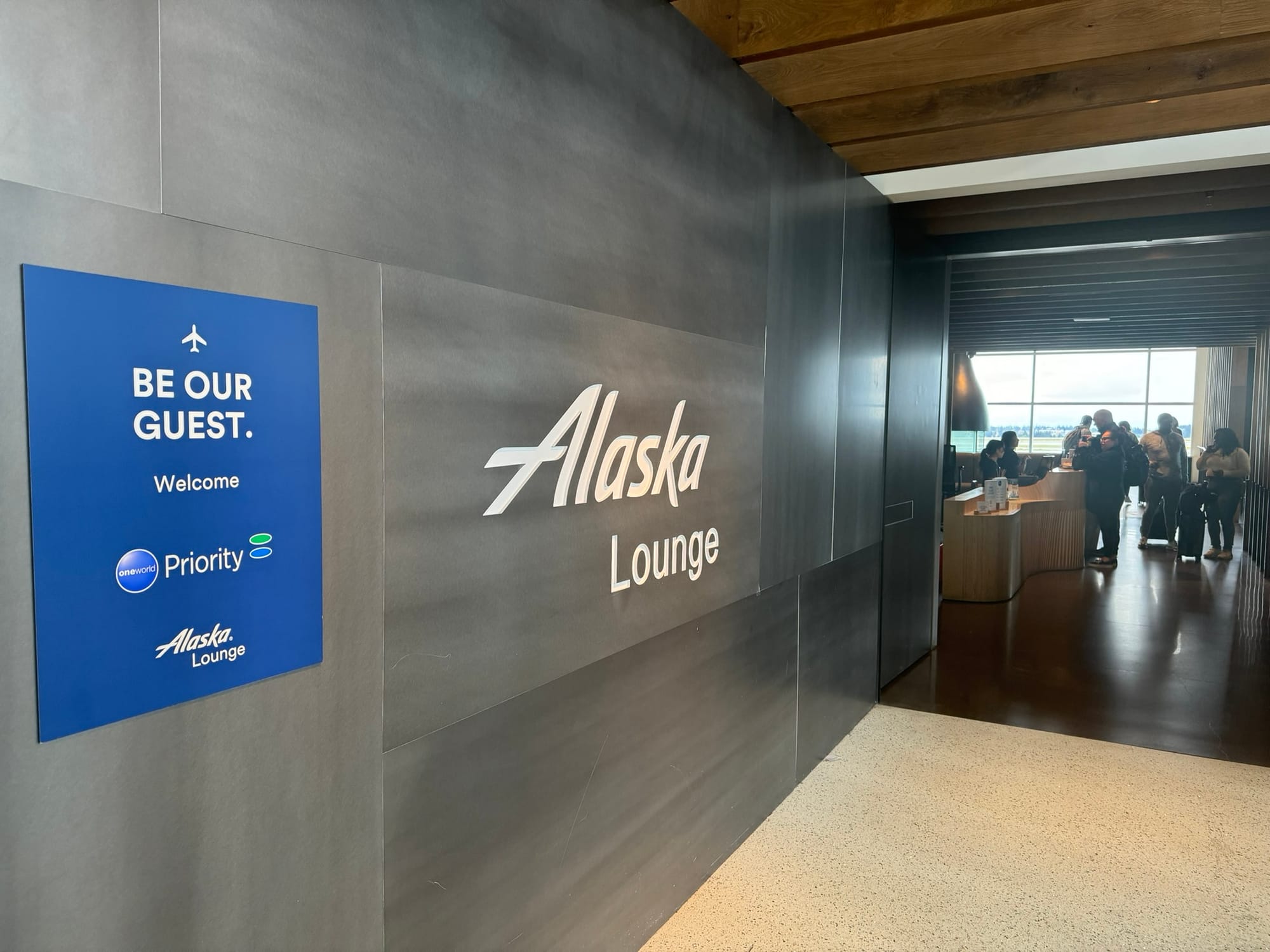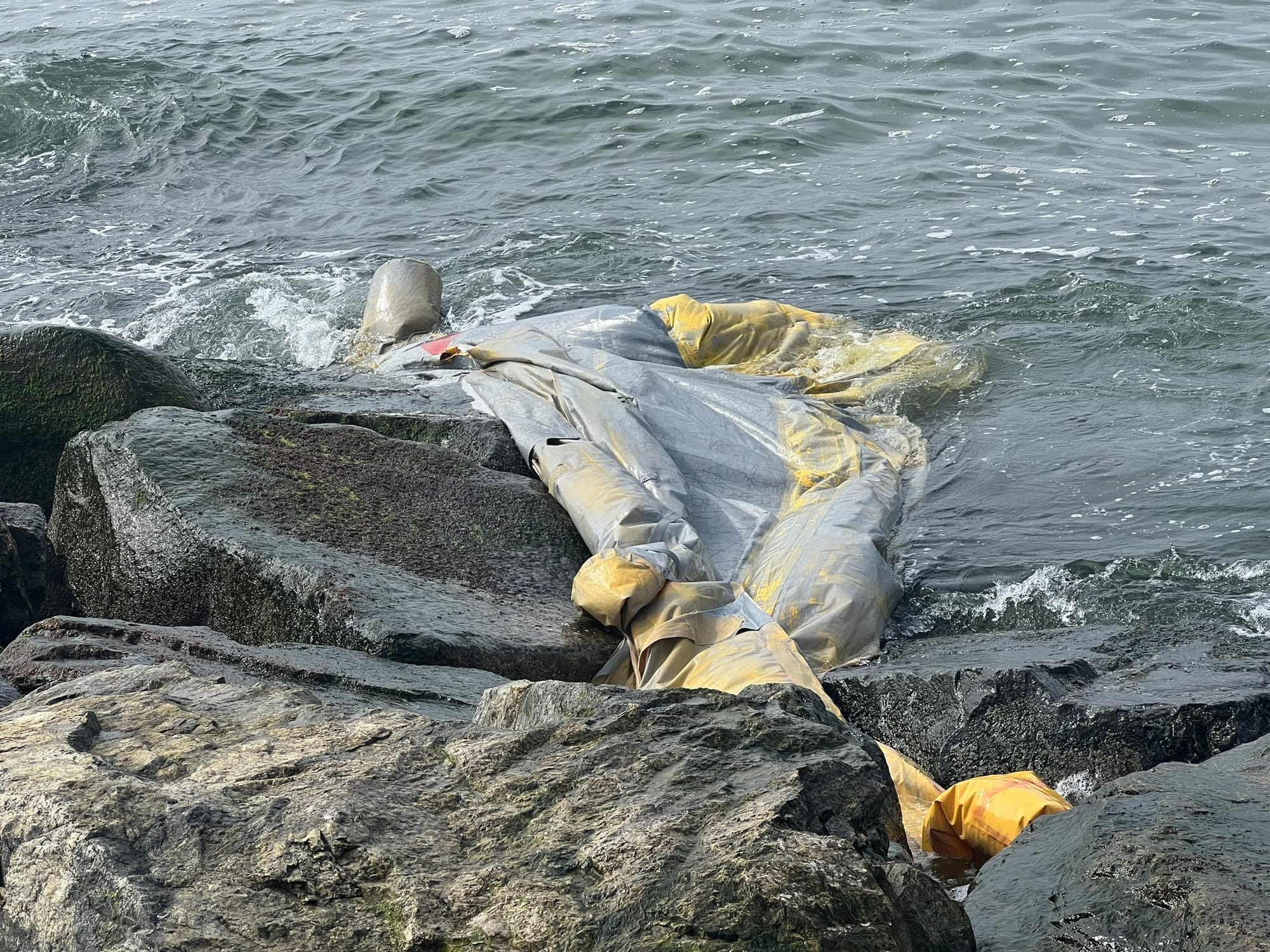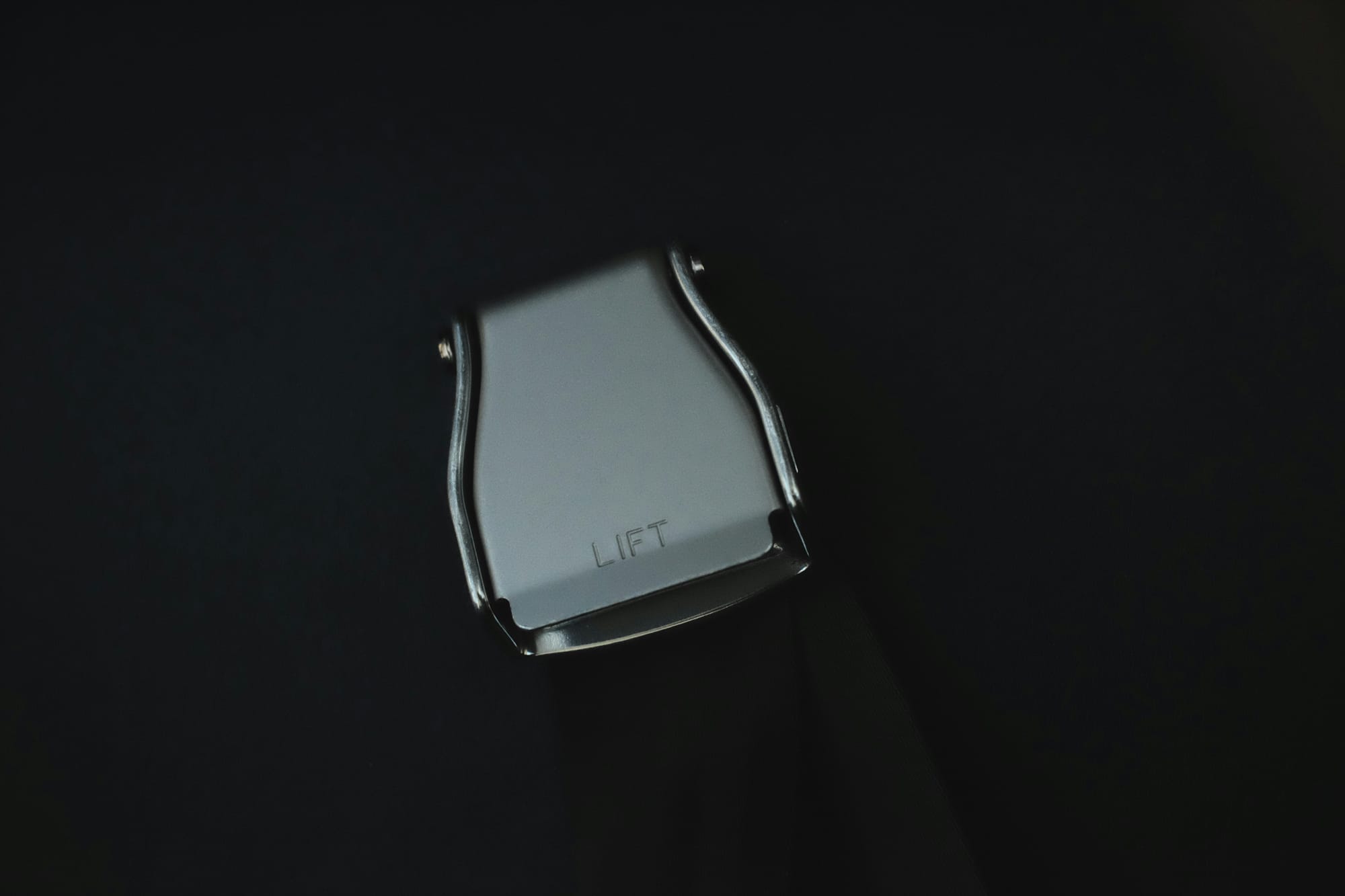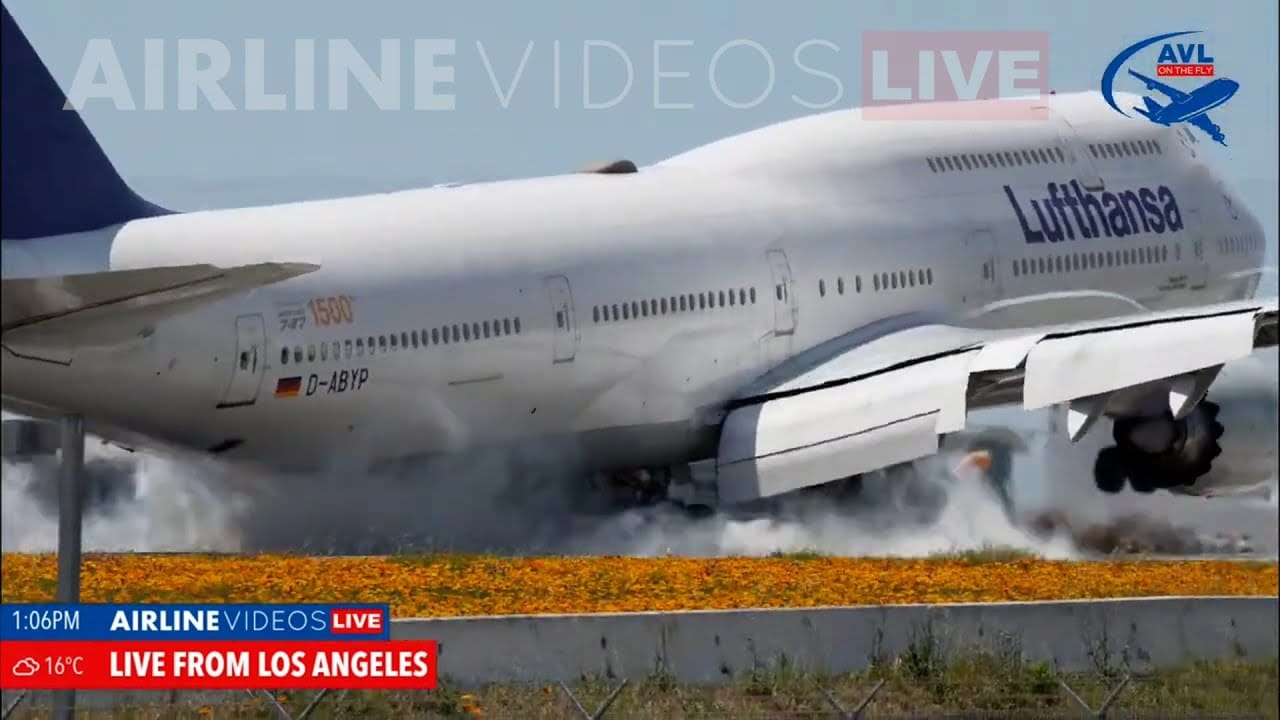Take a peek next time you're strapped into your airplane seat – you might spot a curious relic of the past tucked away by the lavatory door: an ashtray. It seems strange, doesn't it? Smoking on airplanes has been a major no-no for decades, so why are these ashtrays still clinging to existence?
The answer boils down to a surprising combination of safety and a touch of realism. While smoking bans are firmly in place, the reality is that there's always the chance a passenger might choose to disregard the rules. The Federal Aviation Administration (FAA) mandates ashtrays on board for precisely this reason.
14 CFR § 252.4 - Smoking ban: air carriers.
Air carriers shall prohibit smoking on the following flights:
(a) Scheduled passenger flights.
Rule Breakers
Imagine a scenario where a passenger decides to light up in the lavatory, a common location for rule-breakers (which is why ashtrays are usually found there). If they don't have a designated spot to extinguish their cigarette, a carelessly discarded butt could ignite other materials in the cramped trash bin. This poses a serious fire hazard in a confined space like an airplane cabin.
The ashtray acts as a harm reduction tool, encouraging proper disposal even in a situation where someone is breaking the rules. It's a small concession to safety, a reminder that even with regulations and passenger education, unexpected things can happen.
Think of it this way: airplanes are meticulously built with fire extinguishers, even though we all hope they'll never be needed. Ashtrays serve a similar purpose – a small safety measure tucked away just in case. They're a subtle nod to the possibility of human error, a backup plan for a situation we hope never arises.
The Smoky Past

But beyond fire safety, ashtrays on airplanes also reflect a bit of aviation history. During the jet set era of the mid-20th century, smoking wasn't just permitted on airplanes, it was commonplace. Airlines even offered passengers different cigarette brands as a courtesy! Ashtrays were a standard amenity, conveniently built into armrests for easy access.
Imagine stepping onto a Pan Am flight in the 1960s. The air would be thick with cigarette smoke, a stark contrast to the fresh, filtered air we breathe on planes today. Ashtrays were an essential inflight amenity, such as reading lights or blankets.
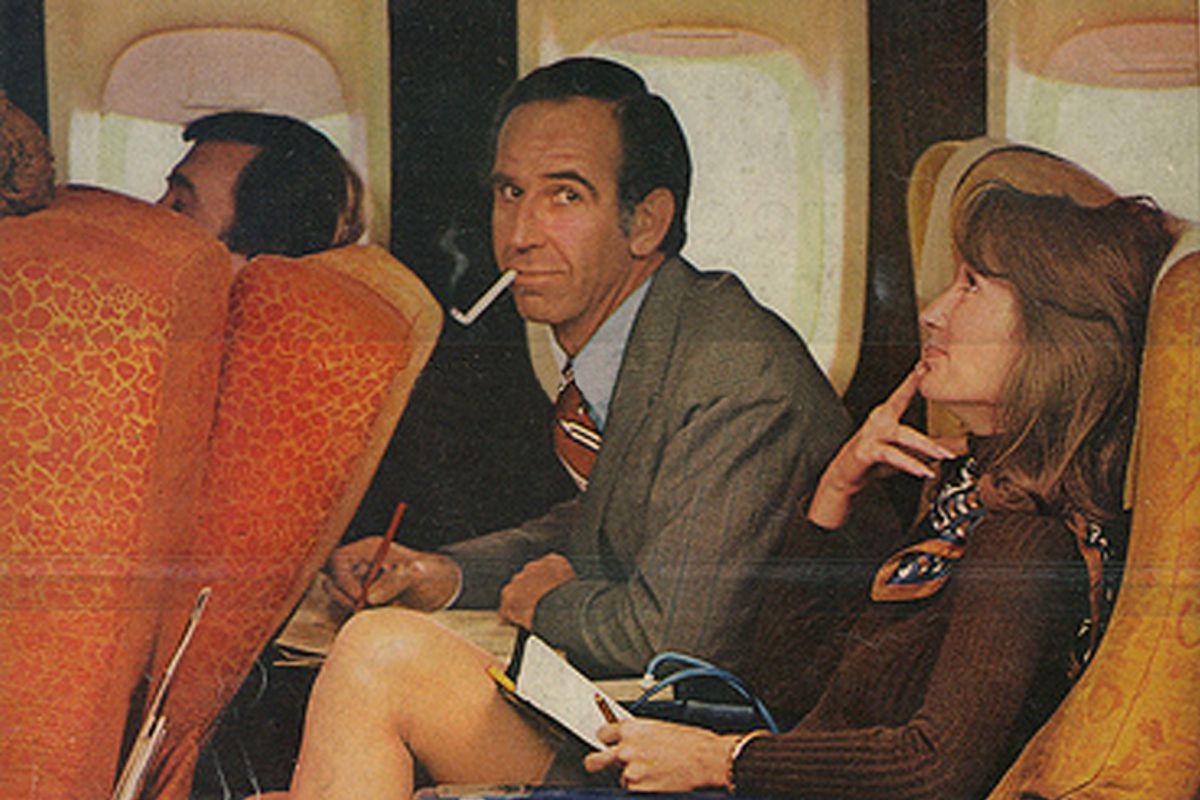
Fast-forward to today, and those days are long gone. Smoking restrictions began appearing in the 1960s due to growing health concerns, and by the 1990s, complete bans became the norm. Public health triumphed, and the clean air we expect on flights today became the standard.
However, airplane design and manufacturing processes take time. Rather than overhaul entire fleets to remove ashtrays, which wouldn't necessarily enhance safety, the FAA opted to keep them as a preventative measure. It's a testament to the enduring nature of safety regulations in aviation – every detail, no matter how seemingly outdated, is carefully considered.
Final Thoughts
So, the next time you see an airplane ashtray, remember – it's not a forgotten artifact from the days of Mad Men and smoke-filled cabins. It's a testament to prioritizing safety, even in the face of unlikely scenarios. It's a reminder that aviation regulations are constantly evolving, and even small details like ashtrays can play a role in keeping passengers safe on their journeys.

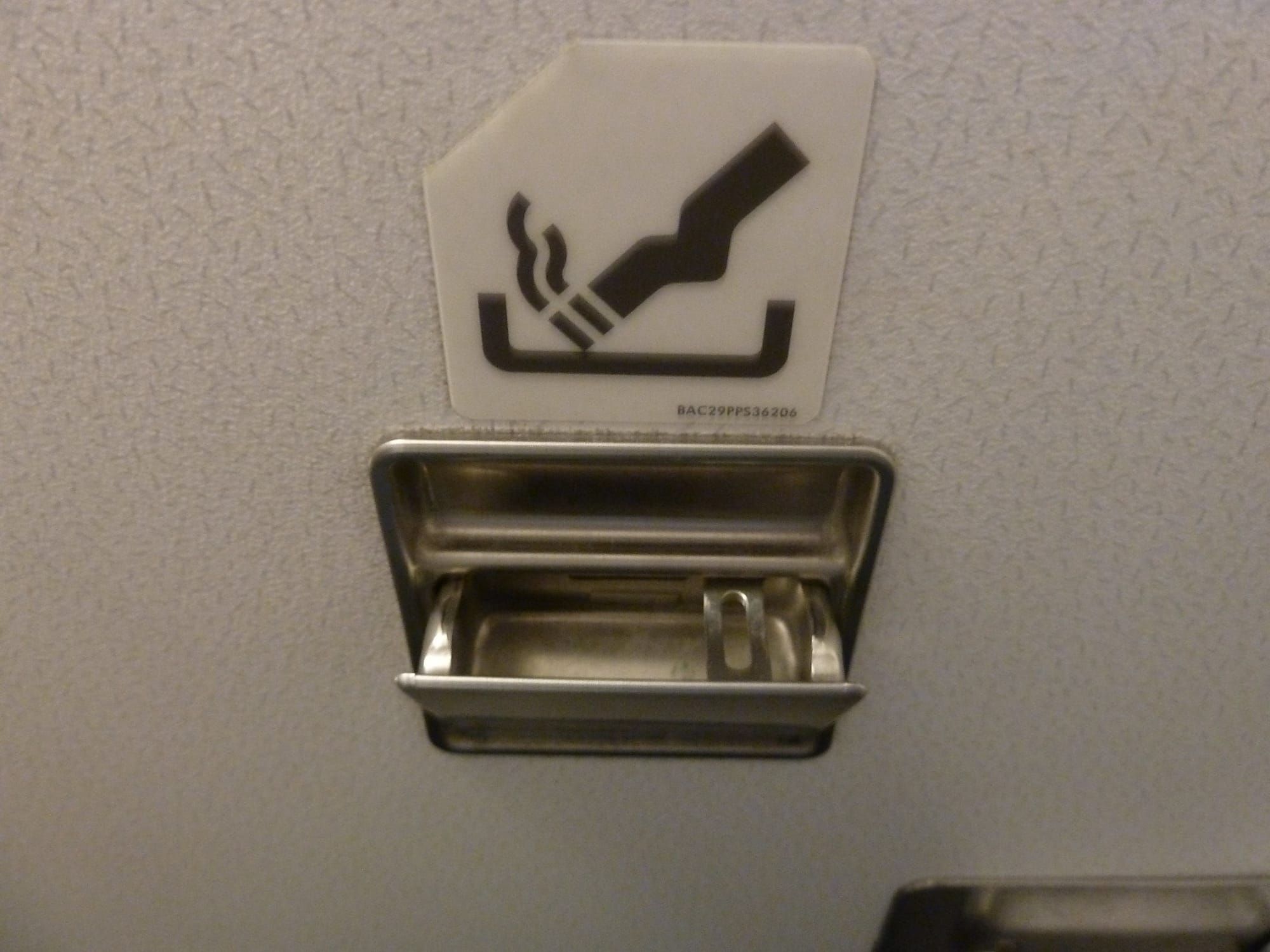
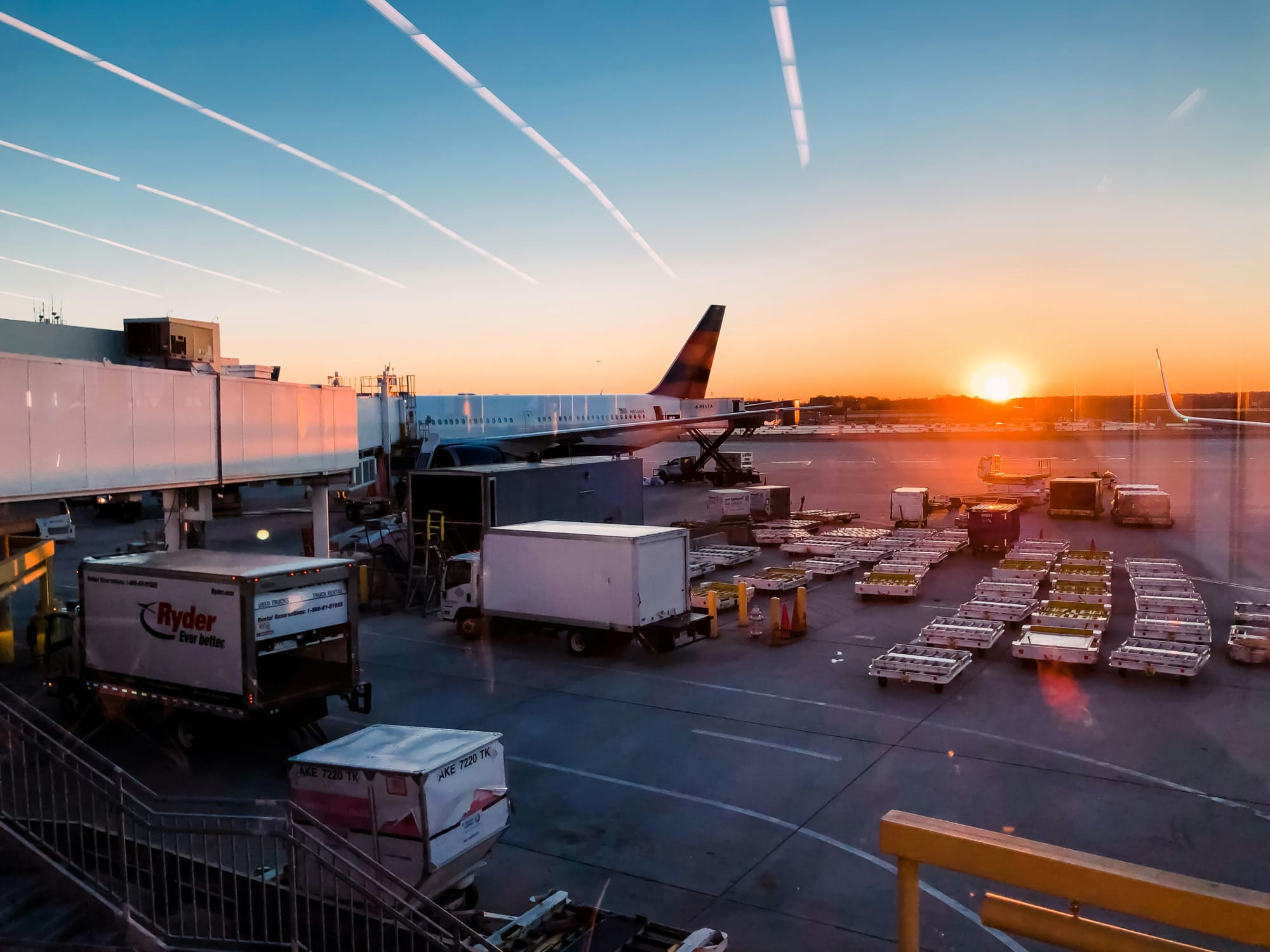
![Boeing CEO Out, Fake Service Animals, & Marriott Assault [Roundup]](https://static.avgeeks.aero/content/media/2024/03/Fake-Service-Dog-United-Airlines.jpg)

